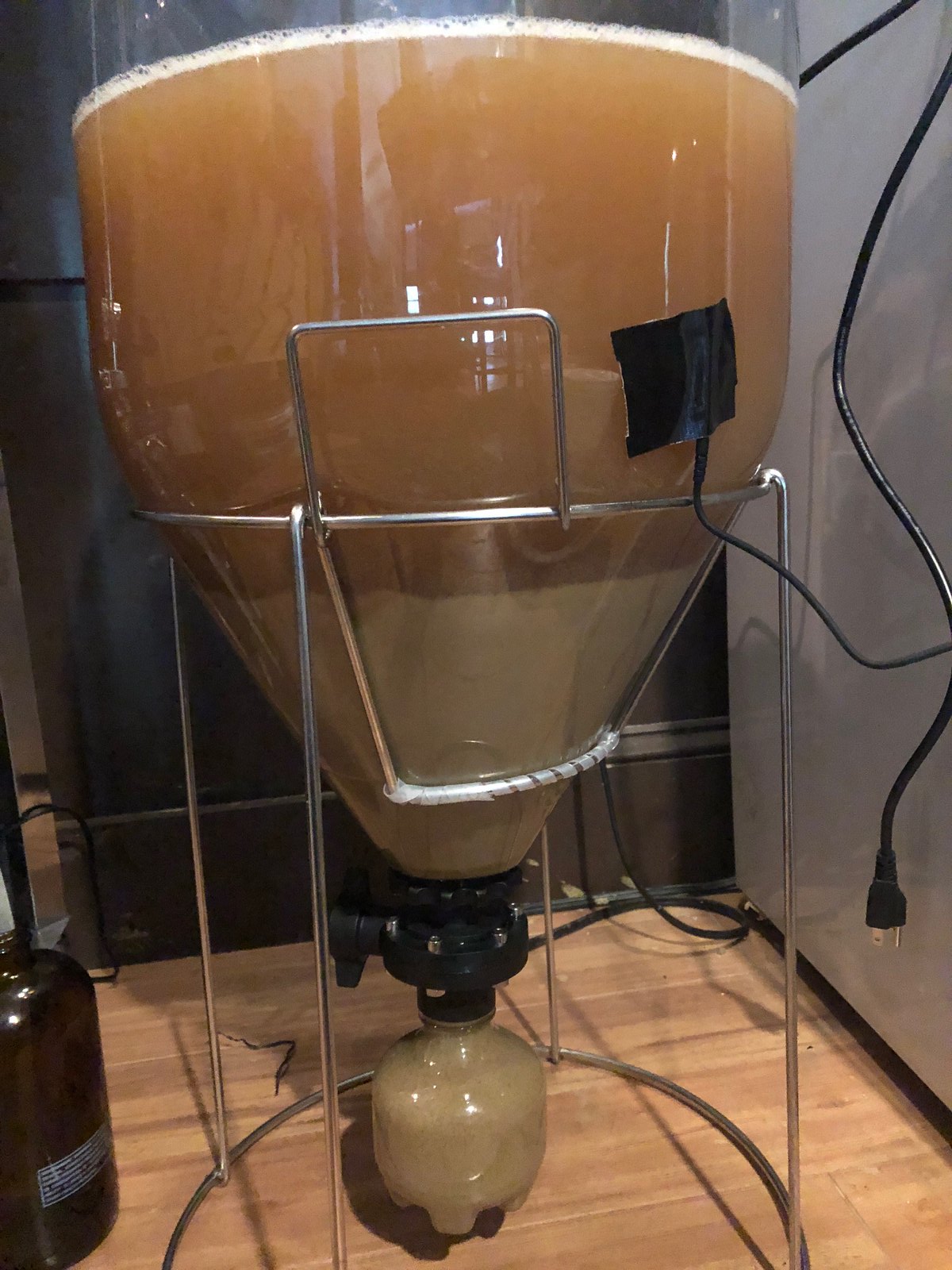Look I appreciate the help, its just when looking at this I really struggle to see how sanitation is the cause of all my issues. Especially with fermenters that were brand new soaked in PBW and soaked in star san. Then followed same procedures as I did prior to my issues.
Maybe there is a massive infection that has just killed all my equipment? Can that happen? QUOTE]
I feel your struggle and know this is stressful to you following good success that suddenly turned south.
After distilling down all the info passed back and forth, there has got to be a reason that your good beers have taken a turn for the worse. My biggest thought is that you have developed an infection that continues to plague you. We thought all along it may be temp control with fermentation, but this is looking less likely than infections.
Are you using Star San, and if so, is it of the suggested diluted strength? Places bacteria can hide are where you get infected. Take for example I have been using Ss BrewTech 7G buckets. Yeah I know its a PITA to take that silicone gasket out of the lid to sanitize...but this is a super place for bacteria to hide. The ball valve and racking arm is another great place for bacteria to hide, so I faithfully DISSASSEMBLE and soak each and every component, seal, gasket, ball valve...etc. I know this is a major chore, but somewhere it sounds like you have bacteria hiding and causing problems.
My brother in law has no temp control other than sitting in a corner of his house. I know what non-temp controlled beer tastes like and while it is not what I'd call good beer, it typically isn't what I call dumper beer either.
I know this is stressful to you, and hope this doesn't sway you from your original goal of growing your brew operation.



